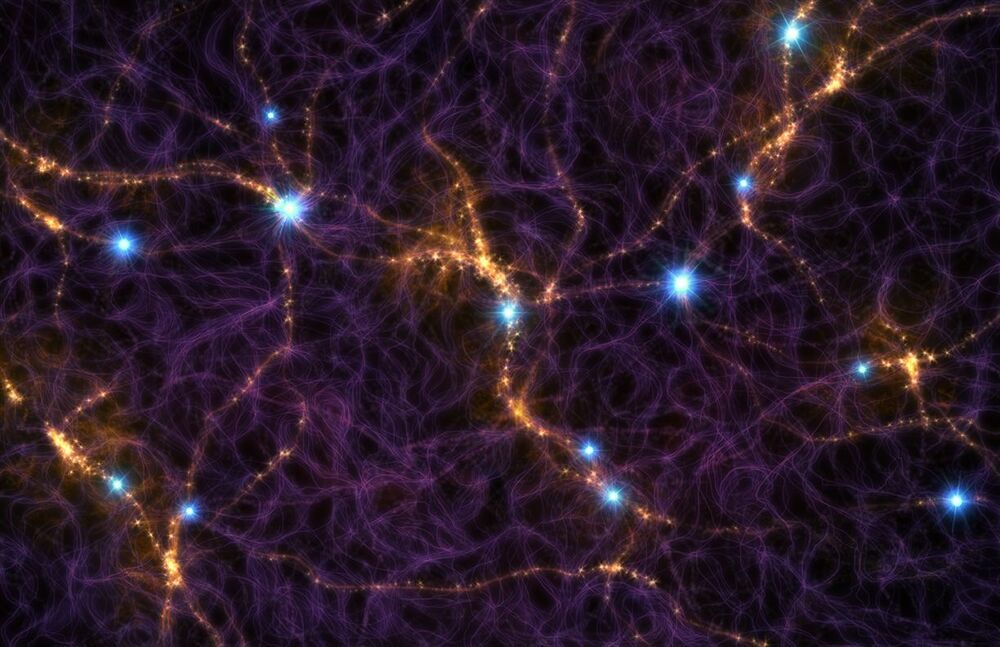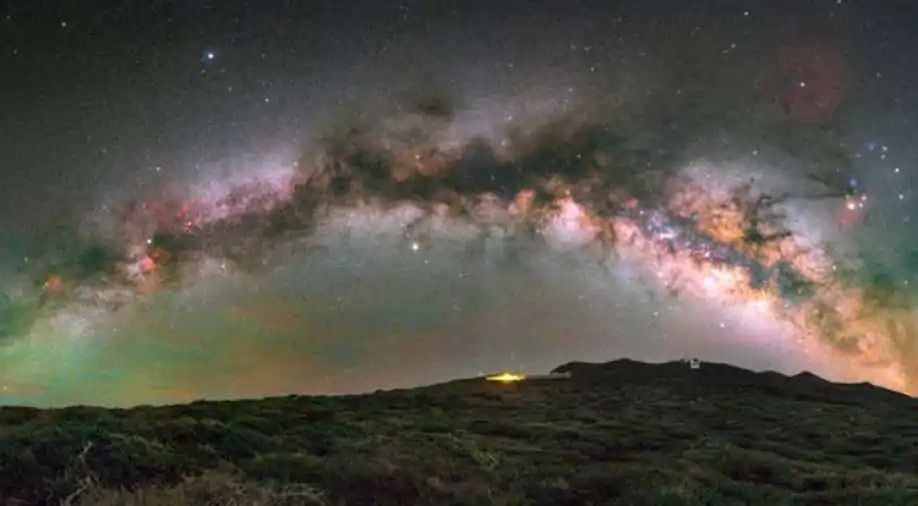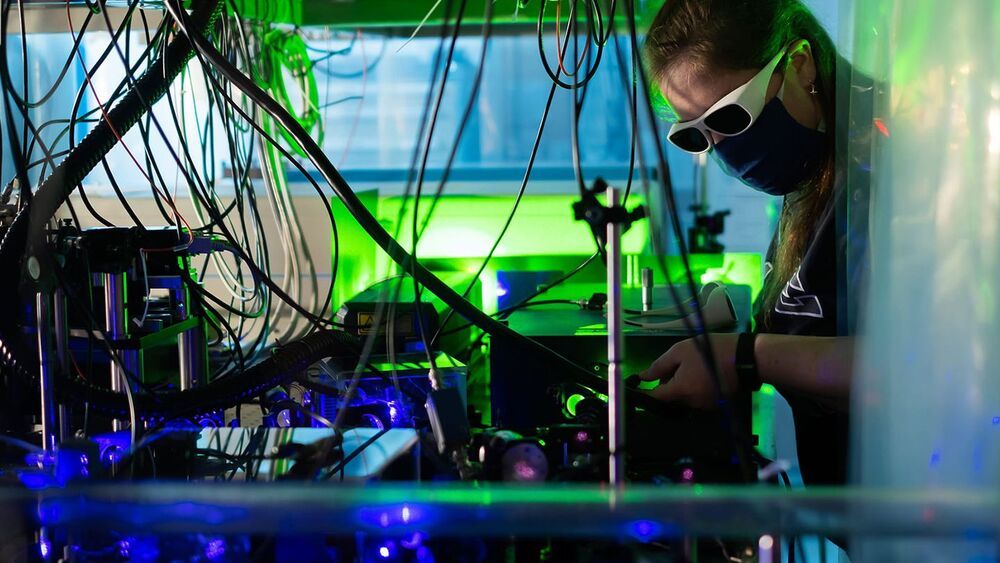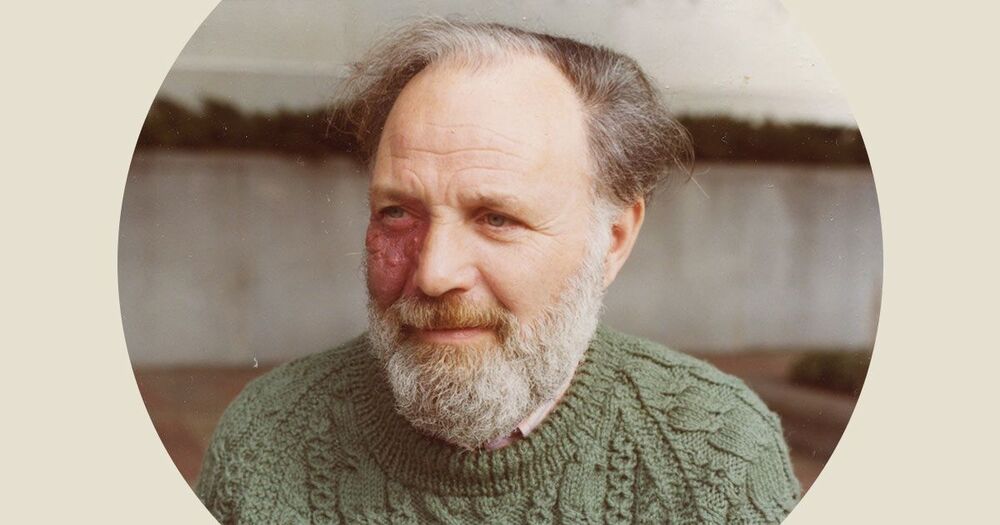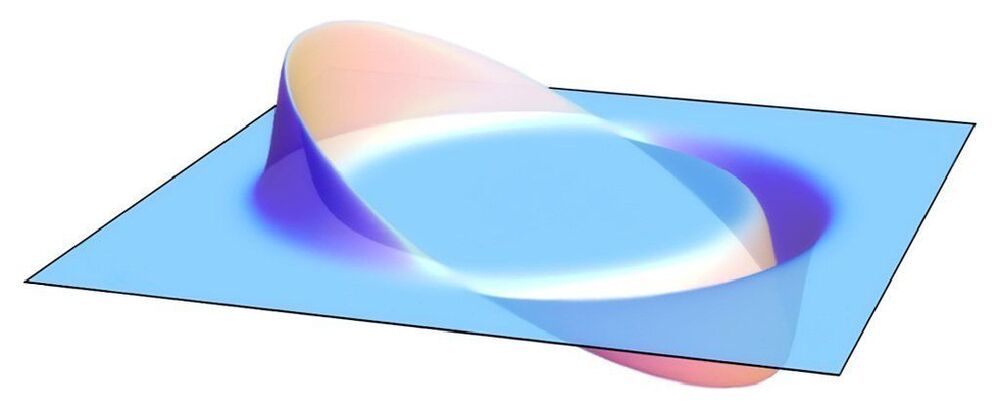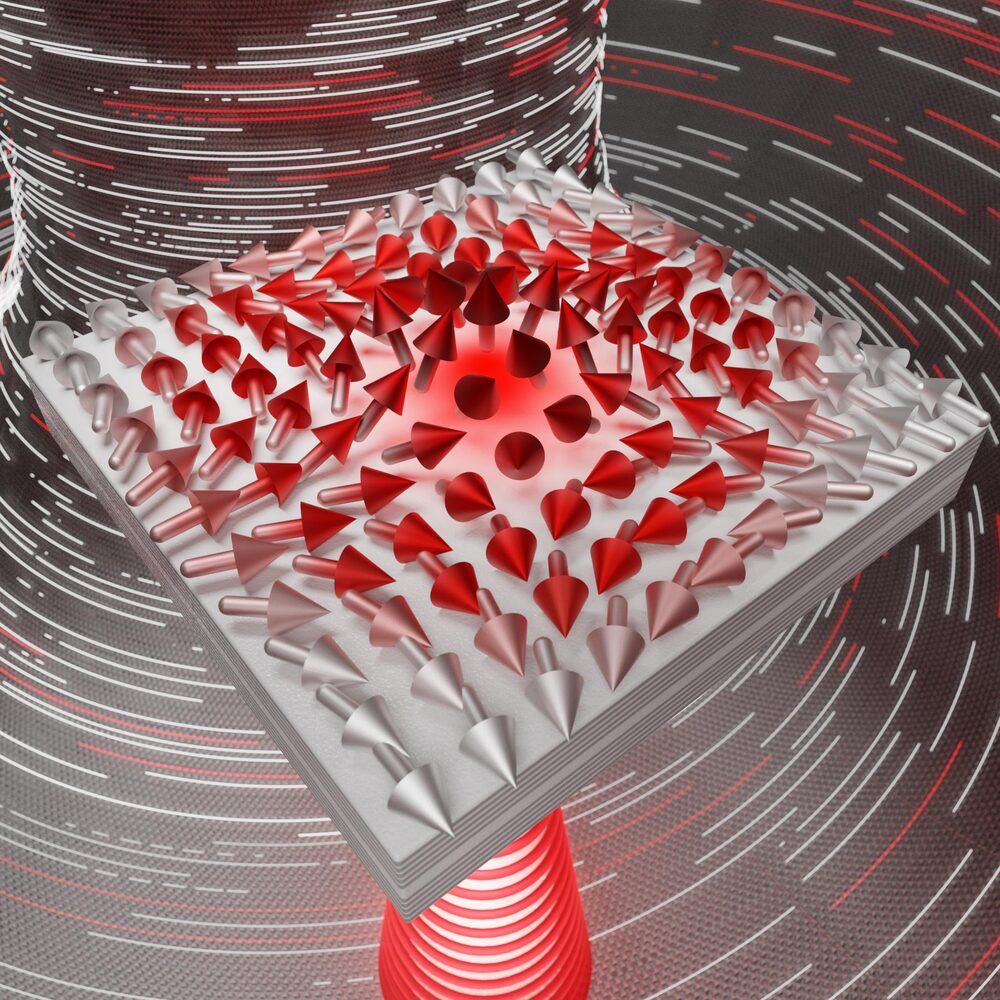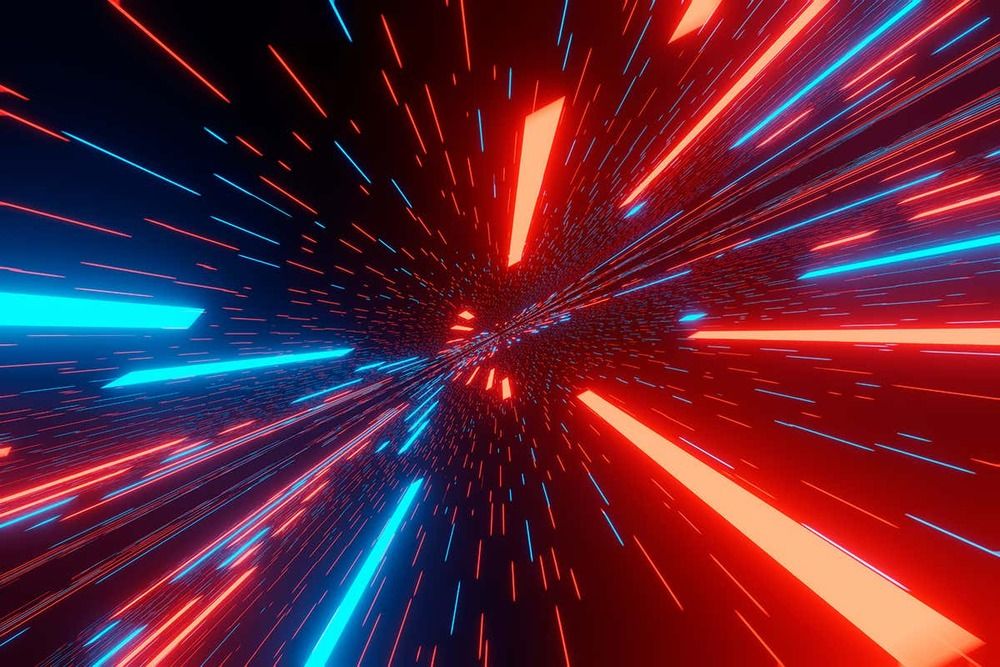Mar 9, 2021
In a leap for battery research, machine learning gets scientific smarts
Posted by Saúl Morales Rodriguéz in categories: information science, physics, robotics/AI, sustainability, transportation
Scientists have taken a major step forward in harnessing machine learning to accelerate the design for better batteries: Instead of using it just to speed up scientific analysis by looking for patterns in data, as researchers generally do, they combined it with knowledge gained from experiments and equations guided by physics to discover and explain a process that shortens the lifetimes of fast-charging lithium-ion batteries.
It was the first time this approach, known as “scientific machine learning,” has been applied to battery cycling, said Will Chueh, an associate professor at Stanford University and investigator with the Department of Energy’s SLAC National Accelerator Laboratory who led the study. He said the results overturn long-held assumptions about how lithium-ion batteries charge and discharge and give researchers a new set of rules for engineering longer-lasting batteries.
The research, reported today in Nature Materials, is the latest result from a collaboration between Stanford, SLAC, the Massachusetts Institute of Technology and Toyota Research Institute (TRI). The goal is to bring together foundational research and industry know-how to develop a long-lived electric vehicle battery that can be charged in 10 minutes.

